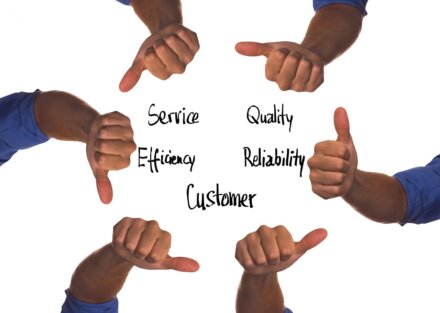We’ve all heard the same internal dialogue: “I’ll start investing when the market cools off… when I get that raise… when the economy feels more stable.”
The underlying belief? That there’s a right time to invest. It’s a seductive idea. But here’s the truth that many learn too late: the best moment to invest isn’t when markets are perfect. Compounding is the quiet, unflashy force that builds real wealth. And the single most important decision you can make as an investor isn’t about what to buy or when to buy, it’s when to begin.
Core Concept: What Is Compounding and Why Does It Matter?
Compounding is the process of earning returns on both your original investment and the returns that investment has already generated. It’s often described as “interest on interest,” but the real power lies in its exponential nature.
If you’ve ever asked, “Should I invest?”—compounding is one of the strongest arguments in favor.
Think of it like rolling a snowball downhill. At first, it builds slowly. But as it gains mass, it starts to accelerate. Over time, even small additions can lead to massive growth—if you give them enough runway.
Compounding works best when two ingredients are present: consistent returns and enough time to let those returns stack. The longer your money stays invested, the harder it works for you—turning decades of patience into a wealth-building machine.
Why Timing the Market Rarely Works
Market timing—the idea that you can jump in and out at just the right moments—is alluring. But even professionals get it wrong.
Markets don’t move in predictable cycles. The best-performing days often come right after major downturns. Miss a few of those days, and your long-term returns can drop significantly.
And if you’re sitting in cash, waiting for a dip that never comes? You’re losing out on compound growth every day you delay.
Trying to be early and smart is a gamble. Being early and consistent is a strategy.
Behavioral Biases That Delay Investors
Most people don’t avoid investing because they don’t understand compounding. They avoid it because of emotion—fear, uncertainty, perfectionism.
Here are three common mental roadblocks:
- Fear of volatility – “What if I lose money right after I invest?”
- Paralysis by analysis – “I don’t know where to start, so I’ll wait.”
- Desire for perfect timing – “I’ll wait until the next crash, then I’ll jump in.”
But markets don’t reward hesitation. They reward time in the market. The longer you wait, the more pressure you put on your future to “catch up.”
How Compounding Builds Financial Confidence
When you start early, something else happens beyond the math: you build emotional resilience.
You learn how markets behave. You get used to volatility. You see how recoveries follow downturns. These experiences create an emotional foundation that helps you stay invested during rough patches.
In contrast, late starters often have more anxiety about every move. Their timelines are shorter. Their margin for error is slimmer. They feel they have to time things perfectly.
But early investors? They’ve already won half the battle—by giving compounding more time to do the heavy lifting.
Reframing “Small” Investments as Long-Term Power Plays
A lot of people hesitate to start investing because they think their contributions are too small to matter. But that’s a false assumption.
Even small, regular contributions can snowball into something life-changing—because of time, not size.
A few key truths to remember:
- $50 invested today is more powerful than $500 invested a decade from now.
- Waiting until you can “invest big” often means missing your most valuable years.
- You don’t need to make perfect choices—you just need to get started and stay consistent.
Why You Don’t Need to Be an Expert to Start
Another reason people delay investing? They think they need to be experts first. But the truth is: you can learn while you invest.
With the rise of low-cost index funds, robo-advisors, and diversified ETFs, it’s easier than ever to build a solid portfolio without needing deep technical knowledge.
The most important step isn’t mastering the market—it’s simply getting your money to work early. From there, your confidence, knowledge, and strategy can evolve over time.
What If You’re Getting a Late Start?
Maybe you’re reading this in your 40s or 50s. Maybe you’re just getting started. That’s okay.
The second-best time to invest is today. The principles of compounding still apply. And with smart planning, disciplined saving, and a focus on total return, you can still build meaningful wealth.
The biggest mistake isn’t starting late.
- Compounding favors time, not timing. The sooner you invest, the more powerful your returns.
- Perfect timing is a myth. Even professionals struggle to call market tops and bottoms.
- Small contributions matter. It’s not about how much you start with—it’s how consistently you add.
- Waiting has a cost. Every year you delay investing is a year of lost growth.
- You don’t need to be an expert. Simplicity and consistency beat complexity and hesitation.
Final Thoughts: The Best Time to Start Was Yesterday—The Second Best Is Today
Compounding favors time, not timing. The sooner you invest, the more powerful your returns. Perfect timing is a myth. Even professionals struggle to call market tops and bottoms. Small contributions matter. It’s not about how much you start with—it’s how consistently you add.
Don’t wait for a pullback. Don’t wait for rates to change or headlines to calm down. Don’t wait until you know everything. Just start. The money you invest today might feel small. But it plants a seed that will grow for decades. And every year you delay is a season missed.






